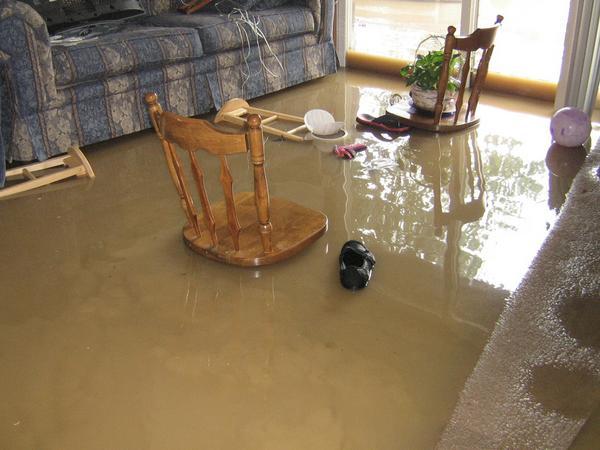Just how to avoid a Water Damaged Bathroom
Just how to avoid a Water Damaged Bathroom
Blog Article
What are your concepts about Looking for Signs of Water Damage in the Bathroom?

The shower room is exceptionally susceptible for damp buildup and prospective water damages due to the regular use water in it. This article uses straightforward inspection methods to aid detecting water damage dangers.
The constant use of water in the restroom makes it very at risk for wet accumulation and prospective water damages. By evaluating it regularly, you can reduce water related damages.
The complying with collection of inspections is easy to carry out as well as must be done as soon as in every 3 months in order to keep your bathroom in good shape and to prevent potential water damages brought on by the bath tub, the shower, pipeline joints and also plumbing, sinks, closets, and also the commode
Do not forget executing these examinations and be extensive while doing them. Bear in mind that these basic assessments can conserve you a great deal of cash by supplying very early signs for water damages
Sinks and also Cabinets
Sinks and also cupboards are subjected to dampness as well as moisture everyday and also are frequently forgotten. Examine consistently under the sink as well as on the kitchen counter over it. Repair any type of drip in the catch as it might recommend drainpipe issues. Browse the sink, sluggish draining pipes may indicate an obstructed drainpipe. Change sink seals if they are split or loose.
Bath tub as well as Shower
The shower as well as bathtub call for unique attention and also upkeep. Check the tiles and change if broken. Make sure that there is no missing out on cement between the tiles. Examine as well as replace split caulking at joints where the wall surfaces meet the floor or the tub. Clogged drains pipes and also pipelines problems will prevent the tub from drying out and might show major troubles under the bathtub. Seek advice from a specialist quickly to prevent architectural damages. Focus on discolorations or soft locations around the bathtub walls as they may show an internal leakage.
Plumbing
Signs for water damages are difficult to identify considering that most pipes are mounted inside the wall surfaces.
Pay special attention to flooring and also walls wetness as well as discolorations as they may suggest an unseen plumbing problem. Inspect dampness degrees in adjoining spaces also.
The Bathroom
The commode is a vulnerable water joint. Check the water lines and search for leaks around the bathroom seat, in the pipe, and also under the water container. If you detect any indications of wetness on the floor around the bathroom, look for leaks in the toilet rim and also tank seals.
Understand that hanging commode dish deodorants boosts the opportunities for clogs.
Water Damage Signs In The Bathroom To Avoid Cleanup
Musty smell
This is one of the easiest signs to catch because musty smells are so odorous. The damp, earthy, moldy smell should be a big red flag. The smell will develop when moisture gets trapped in surfaces, and begins to facilitate mold growth. Leaking pipes under cabinets, inside walls, and behind shower fixtures will cause moisture to stay trapped and not dry, which will lead to mold growth and spread. As soon as you notice any musty smells in your bathroom, have it checked for hidden water damage and cleanup signs.
Visible mold
If the smell isn’t there to give it away, sometimes you will actually see mold growth. Finding mold in your bathroom is a serious problem, because mold is very harmful to your health. By the time mold growth is visible, it also means that water damage has already occurred and been present for some time. The only way the mold problem can be resolved is to find the source of the moisture and get it stopped. To safely and adequately remove mold, you need to have professionals handle the remediation. Do not waste any time in getting mold problems addressed, fixed, and sanitized so that you can protect you and your family from the many respiratory symptoms caused by mold exposure.
Damaged floors
Bathroom floors should be able to withstand some exposure to water while still remaining in good condition. However, when excess exposure or water leaks occur, they will begin to damage even the most water-resistant flooring. If you notice any cracking, bubbling, staining, or warping on your bathroom floors, there is probably a water leak somewhere causing the distortion. If you notice areas of the floor have become softer, or even have a spongy feeling, there is probably damage to the subfloor. Subflooring is typically made up of plywood. When plywood is exposed to water or moisture, it will absorb it. Once it has become saturated, the weight of the excess water will cause the wood to swell and soften. Check the floors in your bathroom frequently to catch any of these sings before they lead to damaged subflooring.
Changes on walls
When water leaks behind walls, it will cause changes in the drywall. Peeling plaster, blistering paint, and soggy wallpaper are all good indicators that excess water is building up behind the wall. Water leaking behind drywall will cause it to swell and be soft to the tough. If you start to notice gaps along the trim of your walls, or where tile meets the wall, it could also be a strong indicator that there is a leak behind the wall. Any changes, distortion, or damage on the walls should be evaluated as soon as you notice it to prevent further water damage and cleanup.

We were shown that report about Preventing Water Damage in the Bathroom from an associate on a different website. Please take the time to distribute this blog if you liked it. Thank you for your time. Visit again soon.
Request Free Estimate Report this page